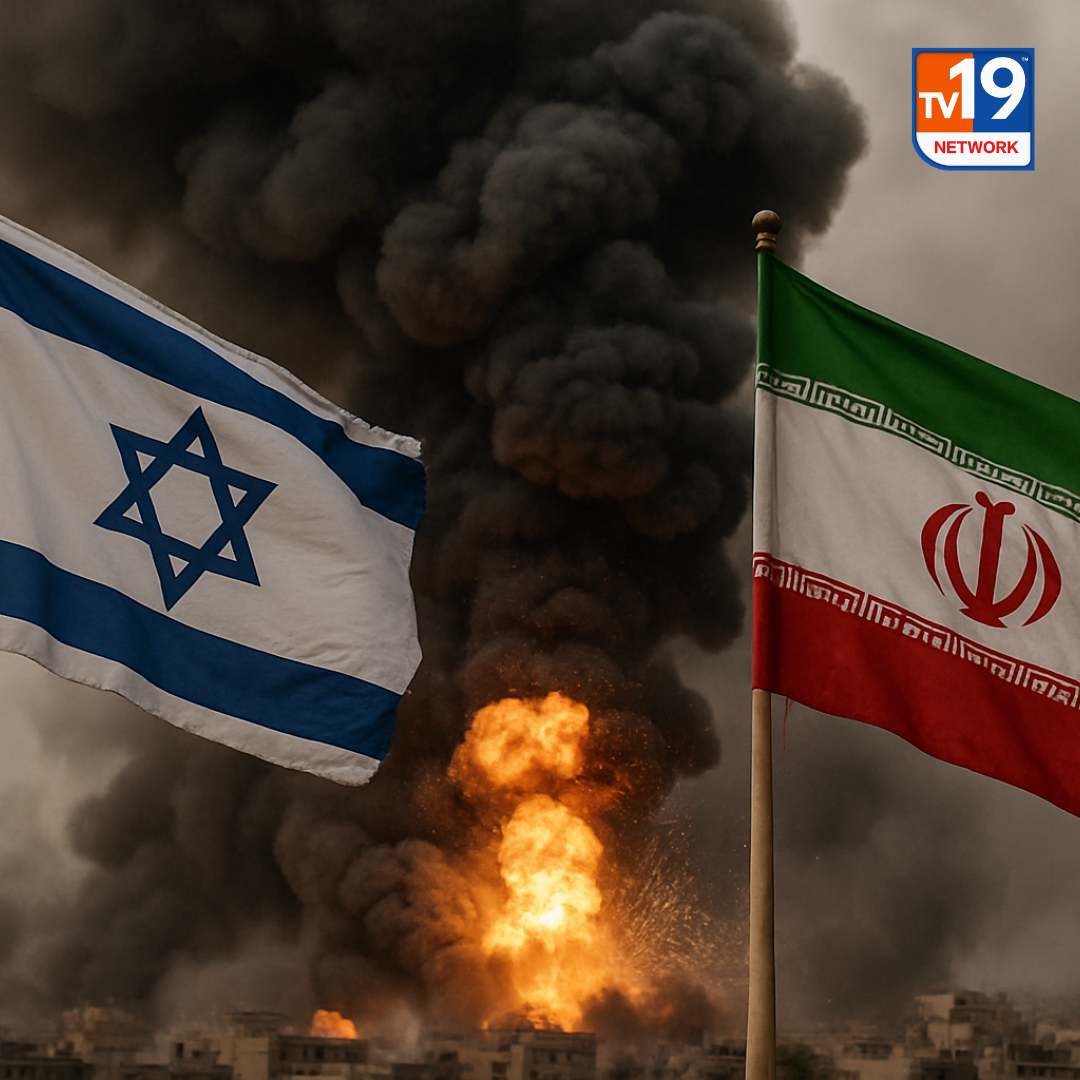Gaza's Fragile Truce: Ceasefire Commences Amid Uncertainty
Jerusalem - After 15 months of relentless conflict, a ceasefire between Israel and Hamas began on January 19, 2025, at 11:15 a.m. local time, following a brief delay due to pending hostage release details. This truce, brokered by Qatar, Egypt, and the United States, initiates a phased plan aimed at de-escalating hostilities and addressing humanitarian concerns.
Hostage and Prisoner Exchange
In the initial phase, Hamas is set to release 33 Israeli hostages, including women, children, and the elderly. In reciprocation, Israel will free 737 Palestinian prisoners, focusing on women and minors. This exchange is a critical step toward building trust between the parties.
Humanitarian Aid and Military Adjustments
The agreement facilitates the entry of substantial humanitarian aid into Gaza, with plans for 600 trucks per day delivering essential supplies to address the dire needs of the displaced population. Concurrently, Israeli forces will withdraw to a buffer zone along Gaza's border, and military air operations will pause for specified periods daily, extending during prisoner exchanges.
Challenges and Skepticism
Despite the ceasefire, skepticism abounds. Israeli Prime Minister Benjamin Netanyahu emphasized that the truce is temporary and that Israel may resume military action if necessary. Additionally, the humanitarian crisis in Gaza remains severe, with extensive displacement and infrastructure damage. The success of the ceasefire hinges on the commitment of both parties to uphold their obligations and engage in further negotiations for a lasting peace.





